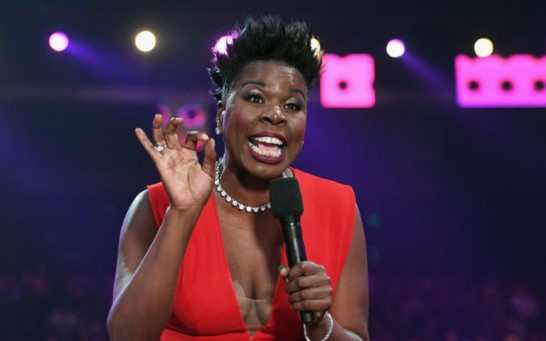Stepping onto an article which introduces you to some norms regarding playing guitar, is better than being handed over with a big chart full of chords. You can understand chords only when you are about to use them. Before that, you need to understand what notes are and their relation with one other.
You have to learn the scales and know the theory that lies behind. You need to know where and how the chords come from and then how you should use them. Without having the basic idea on scales and how notes relate to each other, it is impossible to understand chords and its usage. In this article, we theoretically introduce you to a guitar so that you can help yourself understand the music it provides.
Familiarizing with the upper half of the guitar
Towards the head of the guitar, you get the tuning knobs. The type varies at this part according to the classical or electric guitar type. At the neck of the guitar, you see the frets located. These little bars are usually colored in silver, and you are to place your fingers just before the frets. There are dots between the frets which refers you to what you are playing.
Familiarizing with the tuning process
This is an essential part since nothing sounds worse than poorly tuned guitars. It is important to tutor yourself or hire a teacher to help you learn this right. From top to bottom there would be 6 strings which are counted in the descending order. The 6th string is note E, the 5th string is note A, the 4th string is note D, the 3rd string is note G, the 2nd string is note B, and the 1st string is note E.
The strings have to be tuned to the notes listed and the knobs have to be turned gently. Tightening a string can improve the pitch whereas loosing can flat is down. On the other hand, applying too much of force can break the string and whip the eyes. The right way to tune a guitar is to pluck one string after another. This lets you make small adjustments to the knobs and you have to care towards each part.
Familiarizing with guitar strings
Students often ask how soon the guitar string needs a change as new strings always sound better than old ones. It is best to follow the brand you choose and it is also good to ask the local dealer what they recommend. Strings are sold by several brands and have different sets to choose from. They come in different gauges which literally is the thickness of each pick. The thicker your strings are, the harder they’d be to play.
Rhythm guitars require a light string gauge. If you learn and play solo, you might require lighter ones. Beginners must always start with light strings and move onto experimenting. However, the thicker your strings are, the more they are likely to sustain. It is good to note that new strings lose tuning very quickly. After a few days, they stretch out and then the tuning retains.
How to buy a guitar?
Now that you have a basic theoretic idea of how to play the guitar you need to know the real deal. And for that, you will first need the instrument! When buying your first guitar, you need to consider several aspects. Consideration like price, style, guitar condition, your age, and where you purchase from are all important. Know these in details below:
1. Price
A guitar cost you anywhere from $100 to $500 or more. When starting out, you can consider buying an acoustic guitar that ranges between $100 and $200. You need to consider why you want to purchase the instrument in order to determine the price. Is it a hobby you always wanted to take up? Or are you passionate about learning the instrument?
A guitar will come with other things in the ‘package’. This means you will need accessories along with the main instrument. You might need to add a tuner, gig bag, picks, straps, and more. At an average, you can consider spending around $200 for the entire package.
2. Style
We recommend beginners to start with an acoustic guitar and then gradually escalate to using electric guitars. Classical guitars have a wider neck and can be tough for beginners to manage. If you’re trying to make your child learn the instrument, you must buy an acoustic guitar that fits his age or size.
Electric guitars need amplifiers and that adds a lot on cost. The acoustic ones are simple and need no additional equipment apart from the accessories. Any teacher will recommend you to buy this option.
3. Condition of the guitar
If you’re not buying a new guitar, you need to check the product you purchase from a shop or form someone. It is best to take a professional with you to understand the condition of the guitar. They will be able to analyze how well it can work for you. As a beginner, you must have the guitar in good condition. Else it might prevent you from learning well.
4. Age
Guitars have different sizes and you need to buy the product according to the player’s age. If the player is your 8-year-old child, you need to buy the small size of 19 inches. A standard guitar size is 25 inches. However, there are smaller sizes for toddlers.
5. Where to buy
Beginners should avoid buying a guitar from a pawn shop, yard sales, or flea markets. If you’re shopping with someone who has an idea about guitar quality, you might be able to take the risk. You could depend on a local retail shop or even shop online from a reputed company. Make sure you know the return policies or guarantee it gives you. Try to choose a branded product so that it ensures more reliability.
Final thoughts
Beginners must always use a guitar pick to prevent their nails from breakage. It is okay to familiarize your nail to the strings, but eventually, they will seem hurtful. Familiarizing with a guitar is the first step you need to take before starting to play. We hope this has helped you and now you can buy the best guitar to start off your musical journey!





